How to Fertilize Trees and Shrubs: Tips for Timing and Application
Trying to figure out how to fertilize trees and shrubs can be a bit puzzling. After all, they’re a heck of a lot bigger than our houseplants and garden flowers! The required formulas are different, and the methods we use to apply can vary quite a bit. Want to give your trees and shrubs a boost so they can burst into spring full of color and vigor? Learn how to fertilize trees and shrubs in this simple tutorial!
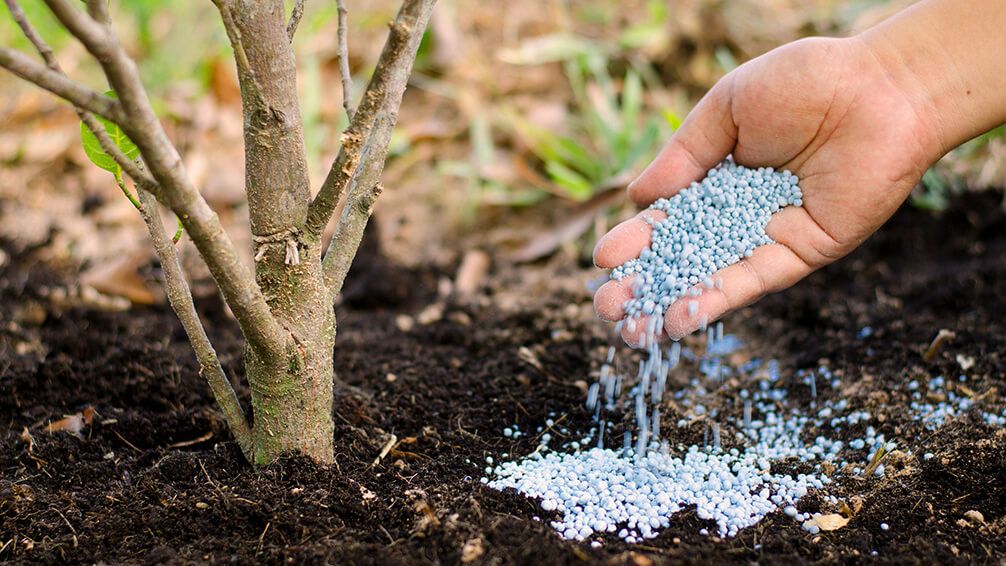
Application Methods
If you’re using a granulated fertilizer, a cyclone or drop-type spreader will help you to apply it correctly. This method is called broadcasting. To get the best coverage, it’s recommended that you apply half of your measured fertilizer in one direction and the other half in the other direction, perpendicular to the first application. Always water the ground before and after applying fertilizer to encourage the formula to soak in and reach the roots instead of just blowing away.
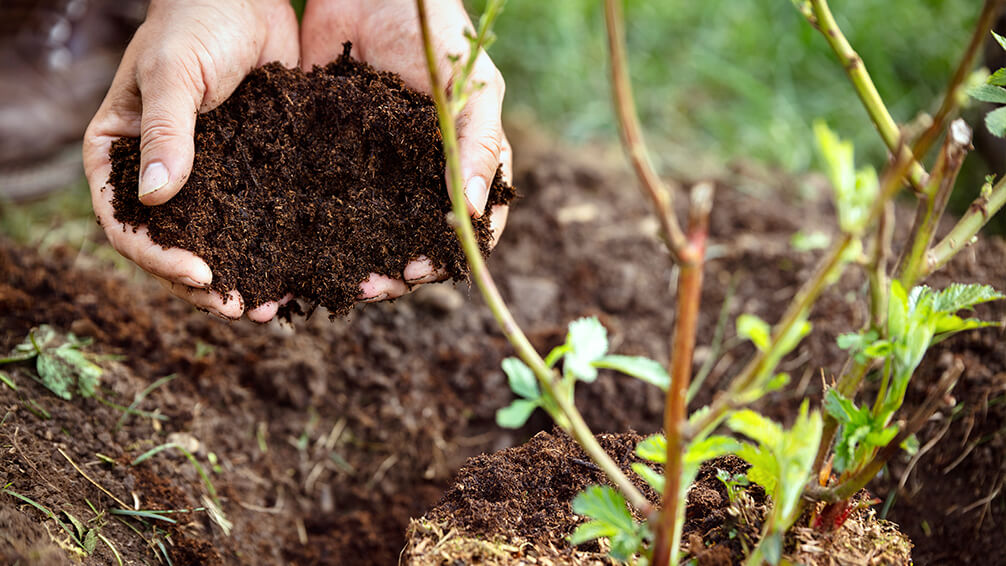
If the soil is very compacted, it’s a good idea to aerate the soil first. Compacted soil has poor drainage, which can end up wasting product if your fertilizer if it isn’t even able to reach your plant roots. You can do this with a plug aerator, which pulls cylindrical “plugs” of soil out from the ground. Alternatively, you can just use a manual spike aerator to make holes in the ground, which helps loosen things up.
Liquid fertilizers can be poured directly onto the ground around the root area. Some fast-acting dissolvable formulas can be mixed in with water and can be used for irrigation. If there is mulch on the surface of the soil, you can still apply liquid or granulated fertilizer on top. You just need to make sure your tree or shrub is well-irrigated so it soaks through and the fertilizer doesn’t over-concentrate in certain areas. Luckily, trees and shrubs surrounded by mulch typically have roots that are a bit closer to the surface than if they were planted on a bare lawn.
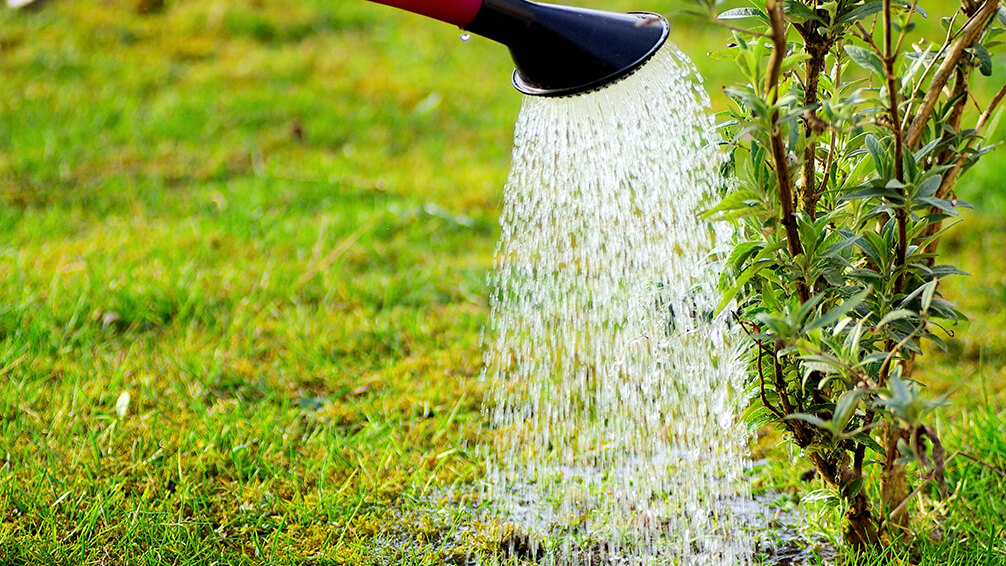
What is the Best Fertilizer for Trees and Shrubs?
Wanna know how to fertilize trees and shrubs with the best long-term success that doesn’t require constant follow-up applications? A slow-release granulated formula is what you need. This formulation allows it to soak into the soil slowly, providing a continual source of nutrients for your plants over several months. While liquid fertilizers will still provide nutrients to your trees and shrubs as a quick fix, it will drain through the soil much more quickly—especially if your plants are on top of a slope or hill.
A complete fertilizer formula with an NPK ratio of 16-4-8, 12-4-8, or 12-6-6 should work well for most trees and shrubs. However, it’s a good idea to do a soil test before choosing your fertilizer to identify if there are any significant deficiencies in the soil. Some fertilizers also have added micronutrients like zinc and iron, so if a soil test shows your soil lacks these nutrients, you can purchase a fortified formula.
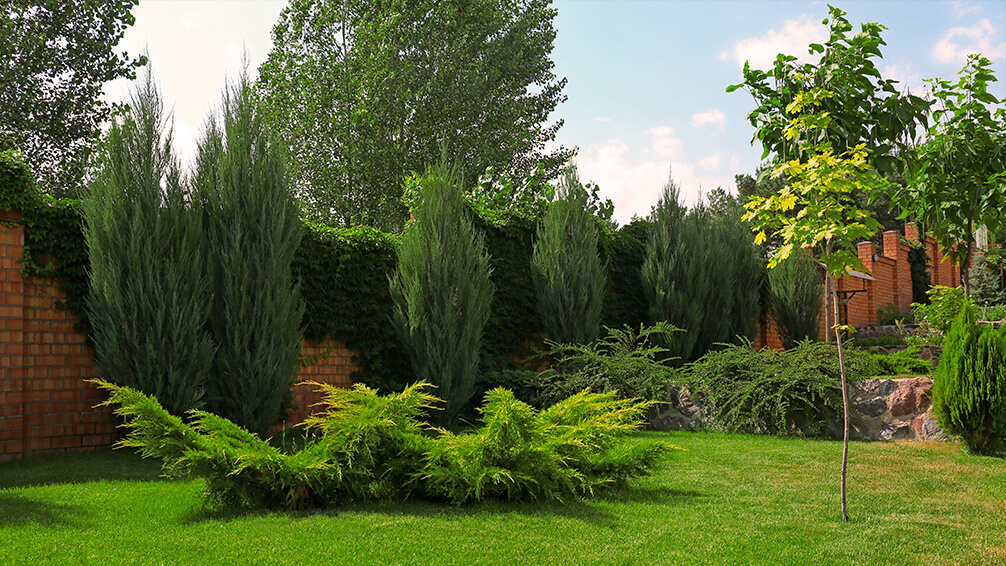
How to Fertilize Trees
When trying to figure out how to fertilize trees, most folks are a bit unsure of how much to apply and where to spread it. A good rule of thumb is that the roots of a mature tree typically spread out about 1.5x the diameter of the crown. So, whatever the width of your tree canopy is, multiply that by 1.5 to find the reach of your tree’s root spread and spread your fertilizer over the entire area.
You’ll need to calculate the square footage of the area that will be fertilized to measure the correct amount. The nitrogen number is the most important one to look at because it’s what you’ll need to calculate your weight measurements. While trees and shrubs can often handle 2-4 lbs of nitrogen per 1000sq ft, if they’re grown on a turfgrass lawn, more than 2lbs could end up burning the grass. Therefore, you should follow the directions for fertilizing your turfgrass to make sure it doesn’t get ruined.
Don’t worry if you’re struggling to figure out the fertilizer weight calculations—they can be a bit intimidating to those of us who aren’t too math savvy! If you need any help, you’re welcome to call us at the shop, and we can provide some assistance.

How to Fertilize Shrubs
Just like with trees, the root spread for shrubs is typically about 1.5x the width of the plant’s crown. However, since the leaves are often much closer to the ground than with trees, you need to take extra precautions to protect your plant. If fertilizer gets trapped within the leaves, it could cause some significant damage or burning. After applying fertilizer, grab a broom or a large clean paintbrush and try your best to brush off any fertilizer granules from the leaves.
In some instances, diluted liquid fertilizers can be applied directly to leaves to treat foliar nutrient issues like iron chlorosis. Azaleas can benefit from some liquid fertilizer applied to the leaves in spring if you notice that the new foliage is coming in yellow. However, this is a temporary treatment, and to completely resolve the problem, you must properly amend the soil.
If you need any more intel on how to fertilize trees and shrubs, or if you’re wondering where to buy tree fertilizers in Houston, visit Plants for All Seasons! Our experts can help answer any questions, or crunch any numbers to help come up with your ideal plan of action. Now is the time to start fertilizing, as your plants are coming out of dormancy and are ready for their spring growth spurt, so hurry over soon to get started!

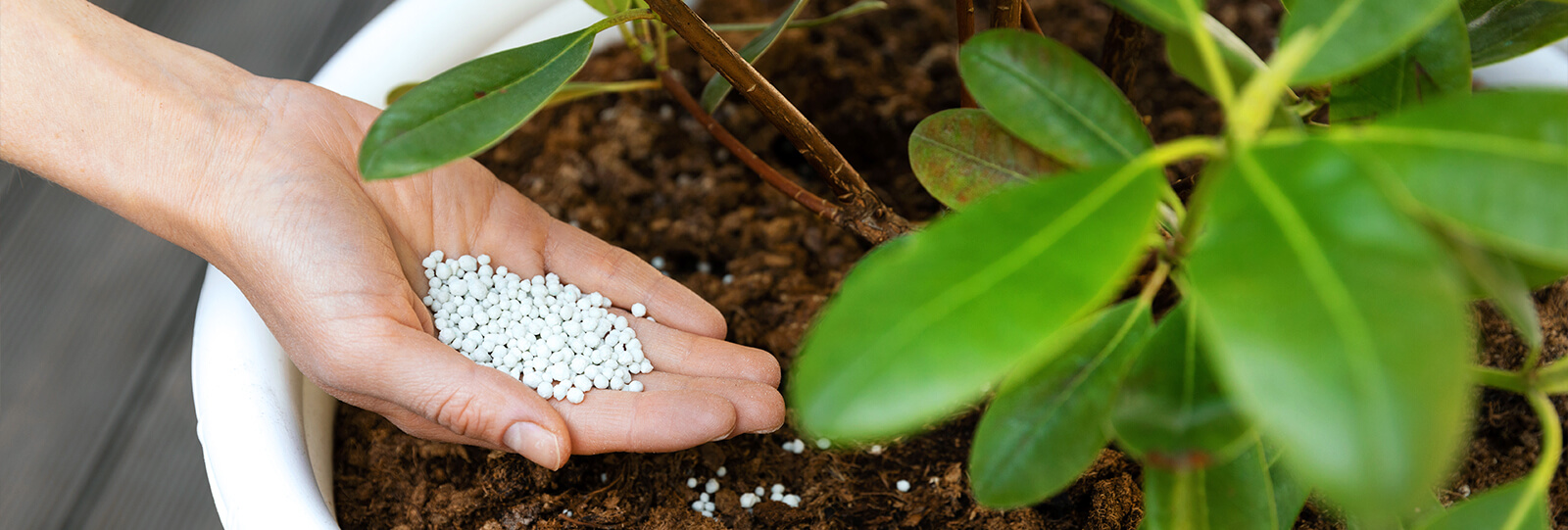

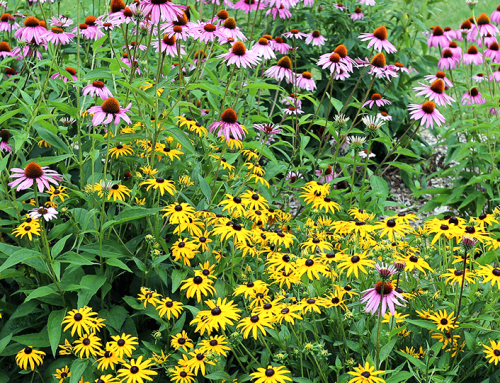
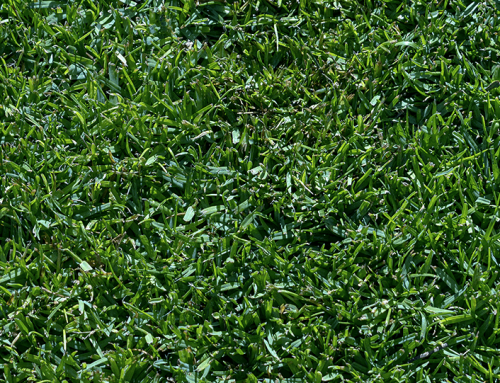
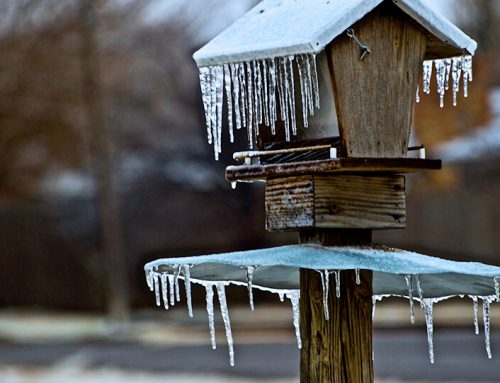
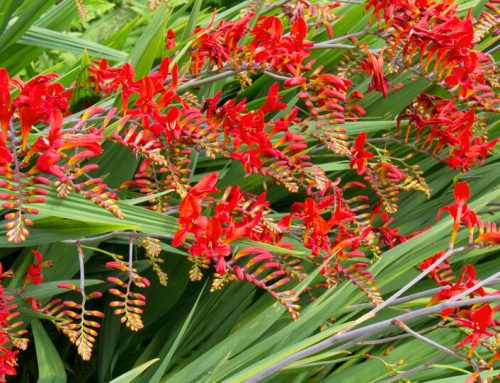
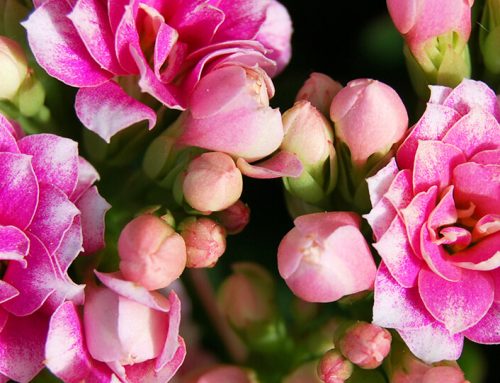
Leave A Comment